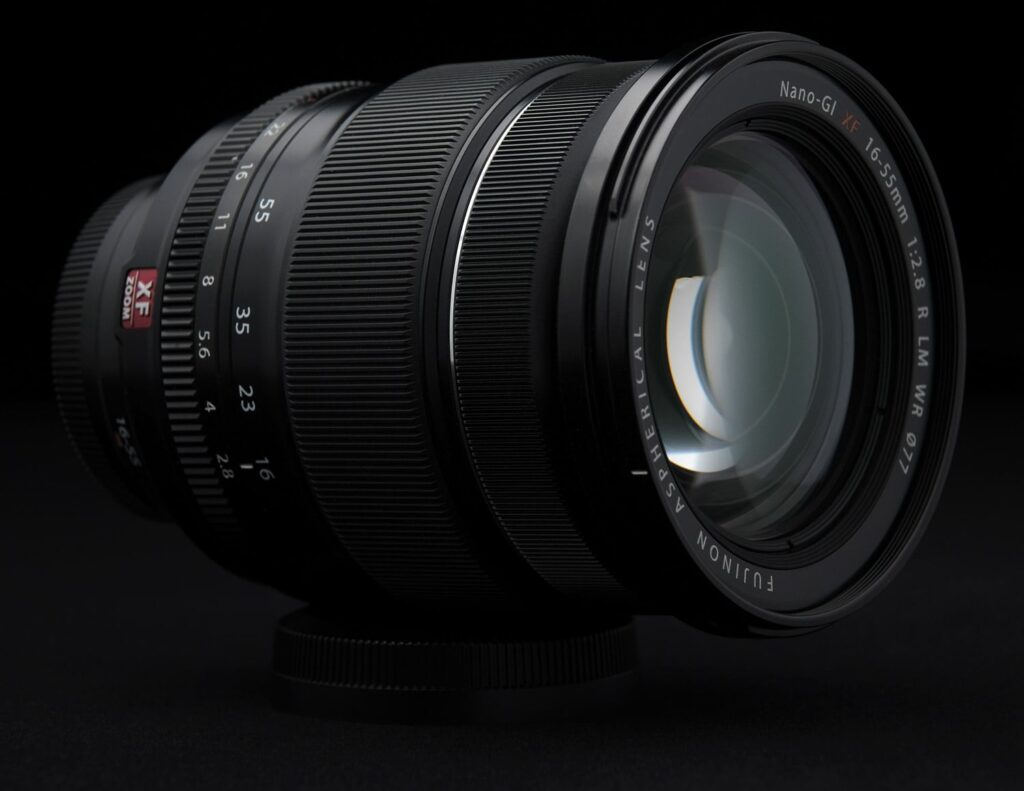Fujifilm has done a nice job differentiating their top-of-the-line X series cameras. I studied the differences, read reviews, and watched YouTube videos to learn which camera would best suit me when upgrading my X-T4.

In working through the options and features, after clearing out the clutter and the things that would not influence my decision, I isolated the key differences that made the X-T5, X-H2, and X-H2S unique. An important simplification for me is that I have no interest in videography; so I concentrated on the differences for a photographer.
Upgrading from the X-T4 to the X-T5 will give the photographer a higher resolution (40MP vs. 26MP), faster autofocus speed, and autofocus subject tracking (birds, animals, etc.). If the way the LCD flips and rotates is important to you, the X-T5 provides the X-T3-style 3-way flip screen instead of the X-T4’s articulating screen.
If the X-T5’s features don’t provide all you want, the X-H2 adds a deeper image buffer (1,000 losslessly compressed RAWs), custom settings (seven on the PSAM dial), a more substantial grip, and better build quality.
And if you need the very best Fujifilm has to offer, the X-H2S may increase autofocus speed slightly and does provide a faster continuous shooting rate (40fps vs. 15fps) but drops back to a 26MP resolution sensor (just like the X-T4, but stacked for speed).
For me, the X-T5 checks all the boxes, in particular for better autofocus and subject tracking. While the 40MP is bound to help crop wildlife photos, the 26MP of the X-T4 is enough. Another concern for me is purely aesthetics; I enjoy using the top plate dials on the X-T4 instead of the more modern PSAM dial on the X-H2. The X-H2 would need to have offered something very significant that the X-T5 did not to have swayed me.
Maybe what I need is a hypothetical X-T5S – the X-H2S sensor in the X-T5 body.

Leave a Reply